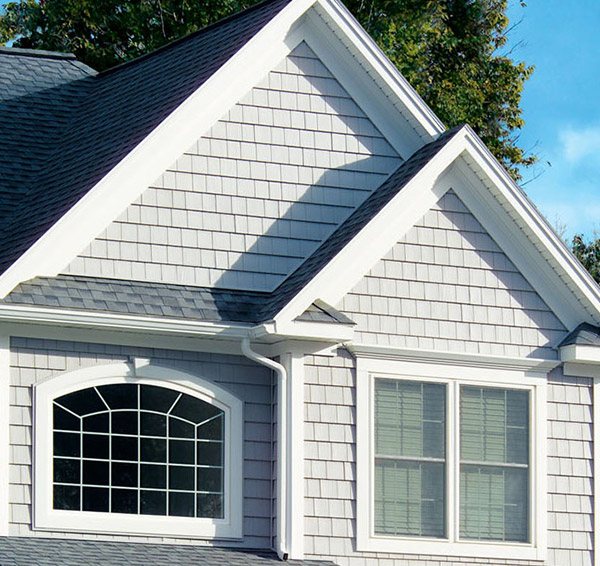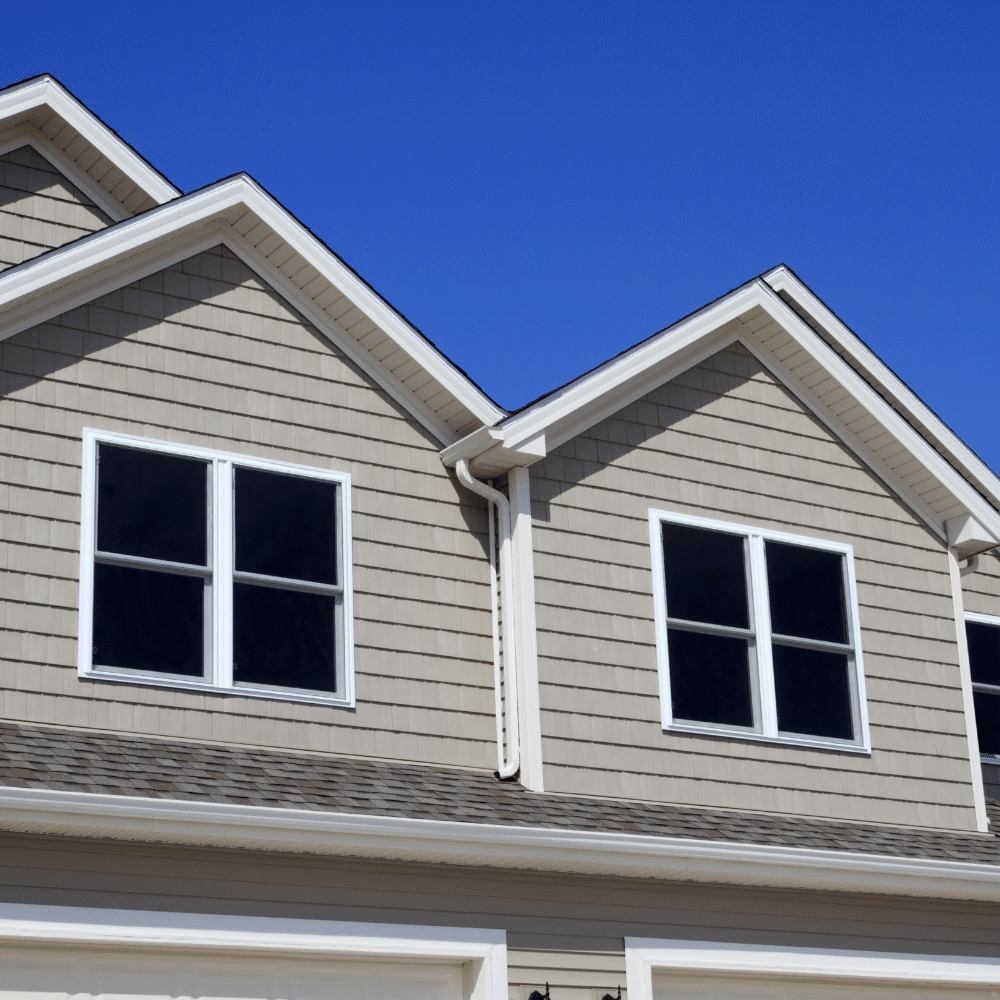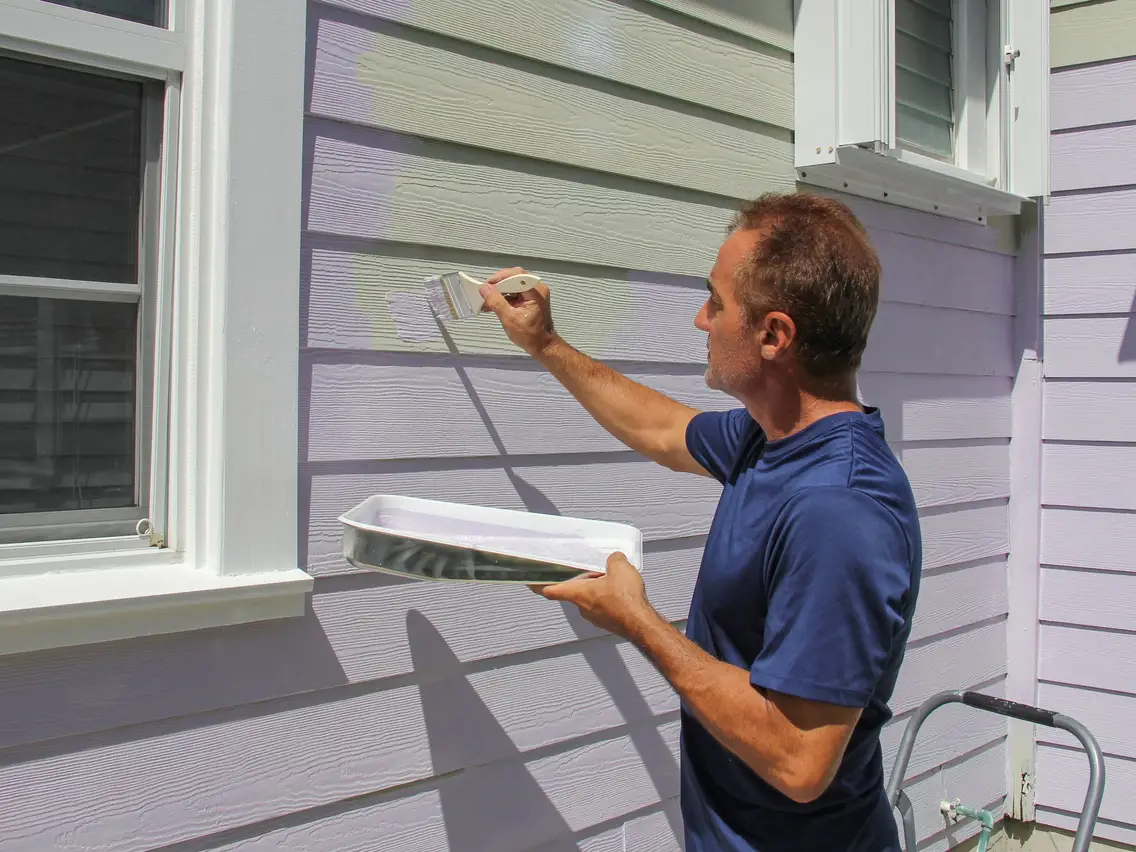When it comes to updating or renovating your home’s exterior, choosing the right siding material is a crucial decision. Shake vinyl siding has gained popularity as an attractive alternative to traditional wood shakes, offering the appeal of natural textures while being more cost-effective and low-maintenance. However, like any building material, it comes with its own set of pros and cons. In this blog post, we’ll thoroughly analyze the advantages and disadvantages of shake vinyl siding to help you make an informed choice for your home.
Pros of Shake Vinyl Siding
1. Aesthetic Appeal
Shake vinyl siding replicates the charming and rustic look of authentic wood shakes, adding a timeless and attractive touch to your home’s exterior.
2. Cost-Effectiveness
Compared to real wood shakes, vinyl siding is more affordable, making it an excellent choice for homeowners on a budget who still want the look of wood.
3. Durability
Vinyl siding is highly durable and can withstand various weather conditions, including rain, snow, and extreme temperatures. It doesn’t rot, warp, or decay like natural wood.
4. Low Maintenance
Shake vinyl siding requires minimal maintenance; a simple wash with a hose can keep it looking fresh and vibrant for years. No need for staining or sealing, as is often the case with real wood.
5. Versatility
Shake vinyl siding comes in a variety of styles, colors, and textures, allowing homeowners to choose the option that best suits their aesthetic preferences and complements the architectural style of their home.
Cons of Shake Vinyl Siding
1. Appearance Variation
Despite advancements in manufacturing, shake vinyl siding may still lack the authentic appearance of real wood shakes, and some homeowners prefer the genuine look of natural materials.
2. Environmental Concerns
Vinyl siding is a plastic-based product and isn’t biodegradable. Some individuals are concerned about its impact on the environment and its long-term sustainability.
3. Potential for Fading
Over time, exposure to the sun can cause vinyl siding to fade. While this occurs gradually, it may lead to color inconsistency across the siding.
4. Limited Repair Options
If a section of the vinyl siding is damaged, replacing it can be challenging to match the color and texture precisely, potentially resulting in a visible patch.
5. Less Insulating Capability
Compared to some other siding materials, vinyl siding provides less insulation. Additional insulation measures may be necessary to improve energy efficiency.
Making the Decision
In the end, choosing the right siding material for your home involves a careful consideration of your preferences, budget, and the specific needs of your region’s climate. Shake vinyl siding presents a compelling option, blending aesthetic appeal with cost-effectiveness and durability. However, it’s essential to weigh the pros and cons to determine if it aligns with your vision and requirements for your home’s exterior. Ultimately, the ideal siding choice will be one that enhances your home’s beauty and functionality, providing long-lasting value for years to come.
Are you considering transforming your home with top-notch vinyl siding? Look no further than Peter L. Brown Vinyl Siding, your trusted choice among vinyl siding companies in Granby, CT!
Visit www.peterlbrown.com or call us at 1-860-653-3350




